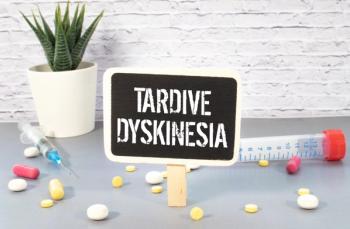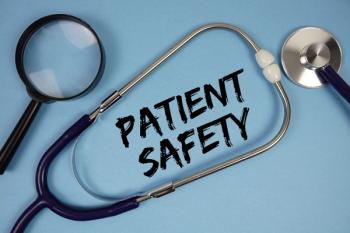
Proposed OPPS changes to add pharmacy payment
The Centers for Medicare & Medicaid Services wants to change the way it pays for drugs administered by hospital outpatient services. Starting in 2006, CMS proposes to pay hospitals the average sales price (ASP) plus 8% under the Outpatient Prospective Payment System (OPPS).
The Centers for Medicare & Medicaid Services wants to change the way it pays for drugs administered by hospital outpatient services. Starting in 2006, CMS proposes to pay hospitals the average sales price (ASP) plus 8% under the Outpatient Prospective Payment System (OPPS). The add-on includes 6% for product acquisition costs and 2% for drug administration and pharmacy overhead. OPPS currently reimburses hospitals the average wholesale price (AWP) less 17%. Private-practice physicians began receiving ASP plus 6% in 2005 under Medicare Part B.
The change from AWP to ASP for both physicians and hospitals was mandated by the Medicare Modernization Act (MMA) of 2003. The Medicare Payment Advisory Commission (medPAC), an independent federal body established by the Balanced Budget Act of 1997, recommended the separate pharmacy overhead payment.
"I think CMS is moving in the right direction with a separate payment for administration and other handling costs," said Melsen Kwong, pharmacy manager at Cedars-Sinai Medical Center in Los Angeles. "Intuitively, 2% seems like a low number to cover our overhead, but at this point, nobody really knows." CMS is basing the 2% on estimated overhead costs. The agency is also requiring hospital pharmacies to report actual drug administration and pharmacy overhead costs for the next two years.
"We think the 2% is pretty good for now," said Gary Stein, director of federal regulatory affairs for ASHP. "ASP plus six, the amount that private practice docs are getting, was hard for a lot of people to live with."
The actual fiscal impact on hospitals of the proposed OPPS rates is still an open question.
ASP plus 8% applies only to drugs, biologics, and radiophar-maceuticals that are reimbursed separately. Drugs that CMS estimates cost less than $50 per patient per day will continue to be bundled into the cost of the procedure associated with the drug. That means the cost of older and less expensive drugs such as 5-fluorouracil will not be reimbursed. Nor will hospitals receive the additional 2% to cover the costs of administering, buying, storing, preparing, transporting, and disposing of drugs.
"It takes the same prep time, safety equipment, and disposal procedures for a course of 5FU as it does for any other chemo product, but we don't get reimbursed for it," explained Ernest Anderson, pharmacy director at the Lahey Clinic in Burlington, Mass. "There are a lot of drugs that cost us more than we will get reimbursed. As Medicare ratchets down, there could be a point where we can no longer afford the business."
There are also questions about how much hospitals will be reimbursed for drugs that are paid separately. The 2006 OPPS payment rates proposed in the July 25 Federal Register are based on 2004 hospital claims data, ASP data collected for Medicare Part B in the fourth quarter of 2004, and a Government Accountability Office study of hospital purchase prices between July 1, 2003, and June 30, 2004. Based on those data, many drugs will be reimbursed at a lower rate in 2006 than in 2005. The proposed payment for paclitaxel (Taxol, Bristol-Myers Squibb, and generics) will fall from $79.04 in 2005 to $19.11 in 2006. Pamidronate (Aredia, Novartis, and generics) drops from $128.74 this year to $58.41 next year. Granisetron (Kytril, Roche) goes from $16.20 to $7.24.
But the final OPPS rates, due to be published by Nov. 1, could be even lower. CMS will base its final reimbursement rates on second quarter 2005 ASP data. OPPS reimbursement rates will be adjusted quarterly as newer ASP data are collected.
Anderson said the drug reimbursement rate itself, ASP plus 6%, should be reexamined. The rate is a blend of prices paid by hospitals and private-practice physicians for both brand-name and generic versions of the same product.
Newsletter
Pharmacy practice is always changing. Stay ahead of the curve with the Drug Topics newsletter and get the latest drug information, industry trends, and patient care tips.












































































































































